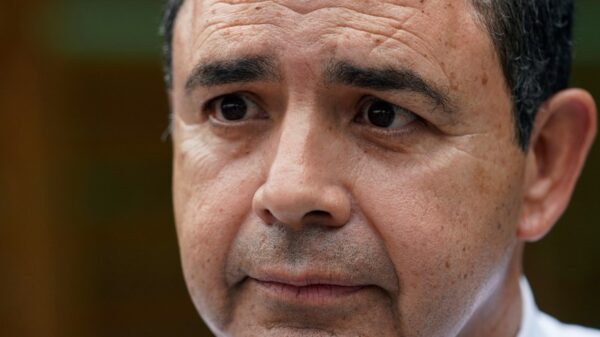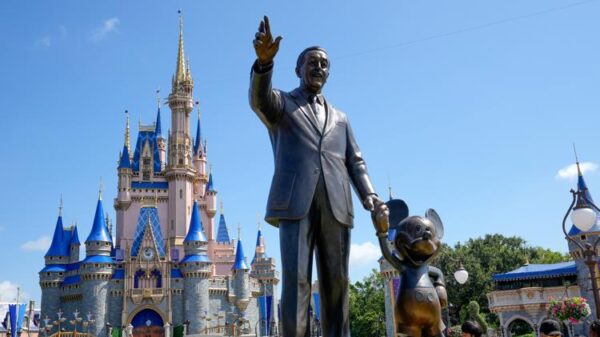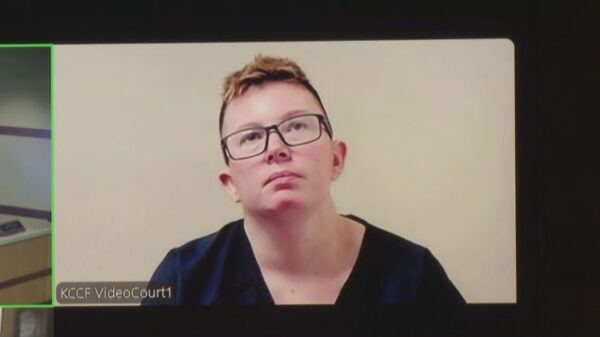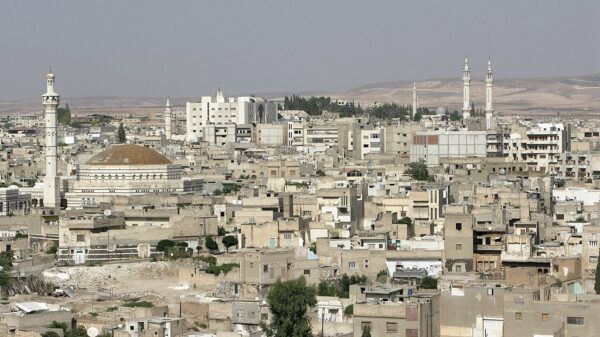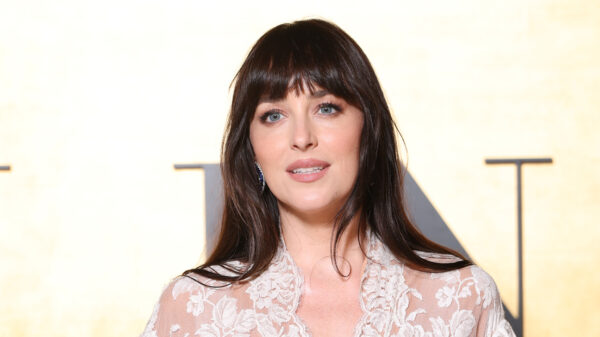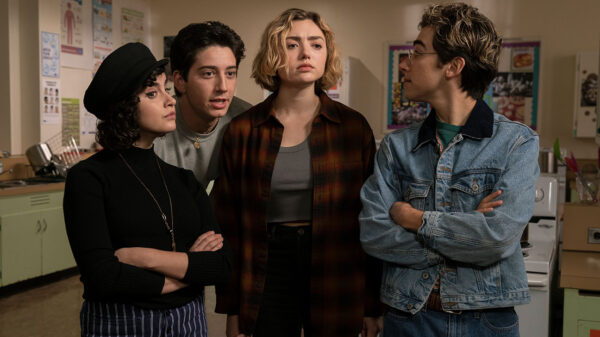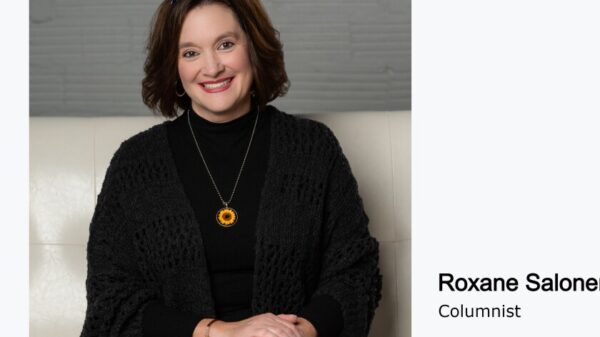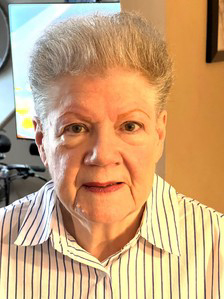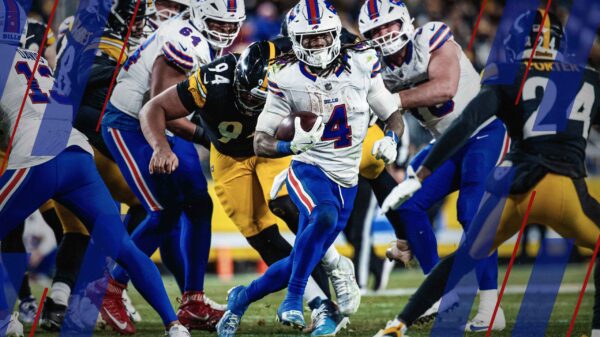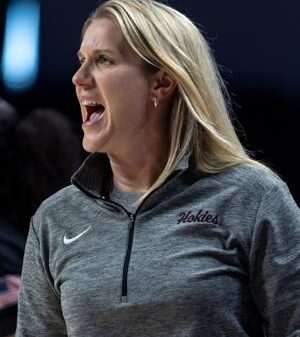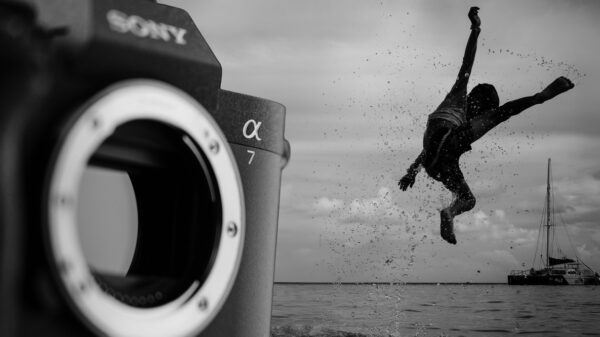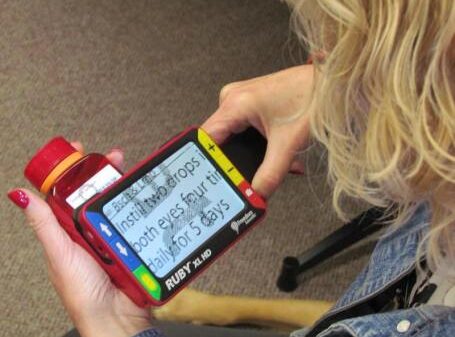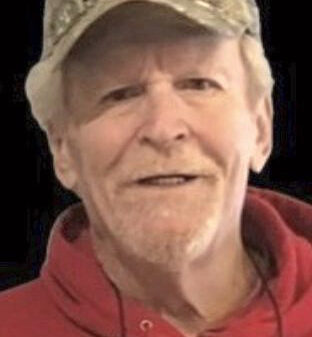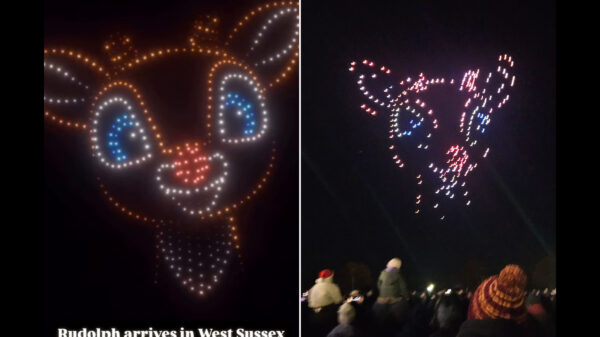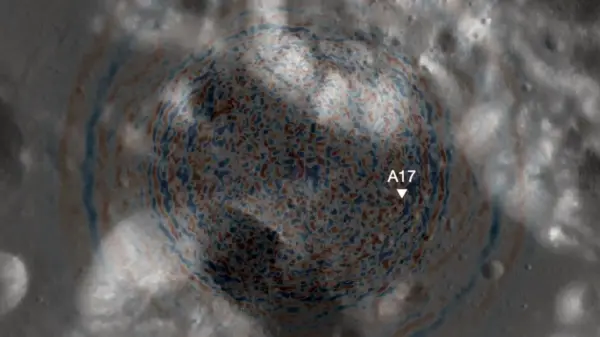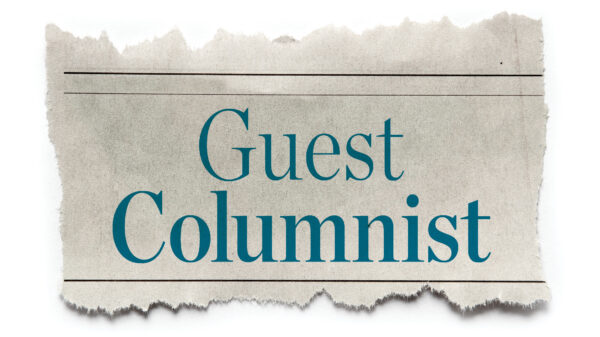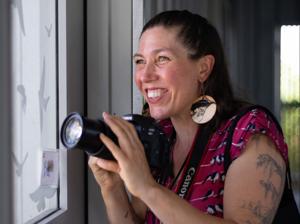A tiny screech owl and a cow named MilkDud are at the heart of a unique art initiative at the LSU School of Veterinary Medicine. Artist-in-residence Pippin Frisbie-Calder has been capturing the essence of these animals during her residency, which ran from August 4 to August 29, 2023. Her work explores the intersection of art and veterinary medicine, aiming to raise awareness about environmental issues and endangered species.
Frisbie-Calder’s encounter with the screech owl was unexpected. Describing the owl as “tinier than I expected,” she was delighted when it blinked at her, a moment she quickly captured through her camera. “This is my first screech owl,” she shared with enthusiasm. The owl’s rehabilitation at the LSU facility not only inspired her artwork but also highlighted the importance of local wildlife in Louisiana.
Her current project is a collaged swampscape that combines her drawings and block prints on a large canvas. This work features native Louisiana birds and is a product of her experiences at the vet school. The final pieces will be unveiled on November 10, 2023, during an exhibition at the school’s library, which will showcase both the works created on-site and those completed in her New Orleans studio.
The artist-in-residence program at LSU Vet Med began in 2022, marking it as the first of its kind at a veterinary school in the United States. It allows artists to engage with the school’s professionals and the animals they care for. Frisbie-Calder is the second visual artist to participate, bringing her interdisciplinary expertise that fuses art with scientific inquiry. As an adjunct professor at Tulane University, she teaches in both the Newcomb Art Department and the Department of Ecology and Evolutionary Biology.
Frisbie-Calder’s passion for nature has roots in her childhood, during which she was home-schooled on a boat that traveled through regions like Cuba and Central America. She aims to create art that not only captivates but also prompts viewers to think about the relationship between art, science, and environmental stewardship.
Dean Oliver Garden of LSU Vet Med expressed excitement about Frisbie-Calder’s contributions, noting that her observations and interpretations of the natural world are crucial for both artistic creation and discussions surrounding health in animals, humans, and ecosystems.
A significant aspect of Frisbie-Calder’s artistic journey has been her connection with MilkDud, a cow who plays a vital role at the vet school. Described by Clare Scully, the veterinarian responsible for MilkDud, as a “lifesaver,” the cow participates in a process known as transfaunation. This procedure involves transferring healthy rumen microbes from MilkDud to animals suffering from digestive issues, saving numerous cattle, sheep, and goats from life-threatening conditions.
MilkDud’s backstory adds depth to her artistic representation. Born with a mild wry nose, a congenital condition, she was deemed unsuitable for breeding or dairy production, leading to her affectionate nickname. Frisbie-Calder plans to depict MilkDud in her collection, illustrating how perceived limitations can transform into unique strengths.
As Frisbie-Calder continues her work, she emphasizes the importance of her interactions with the animals and the medical professionals at LSU Vet Med. The artist hopes her endeavors will inspire greater awareness of environmental challenges and the critical need for conservation.
In the world of art and animal care at LSU, both the screech owl and MilkDud stand as symbols of resilience and inspiration, bridging the gap between creativity and science in meaningful ways.




